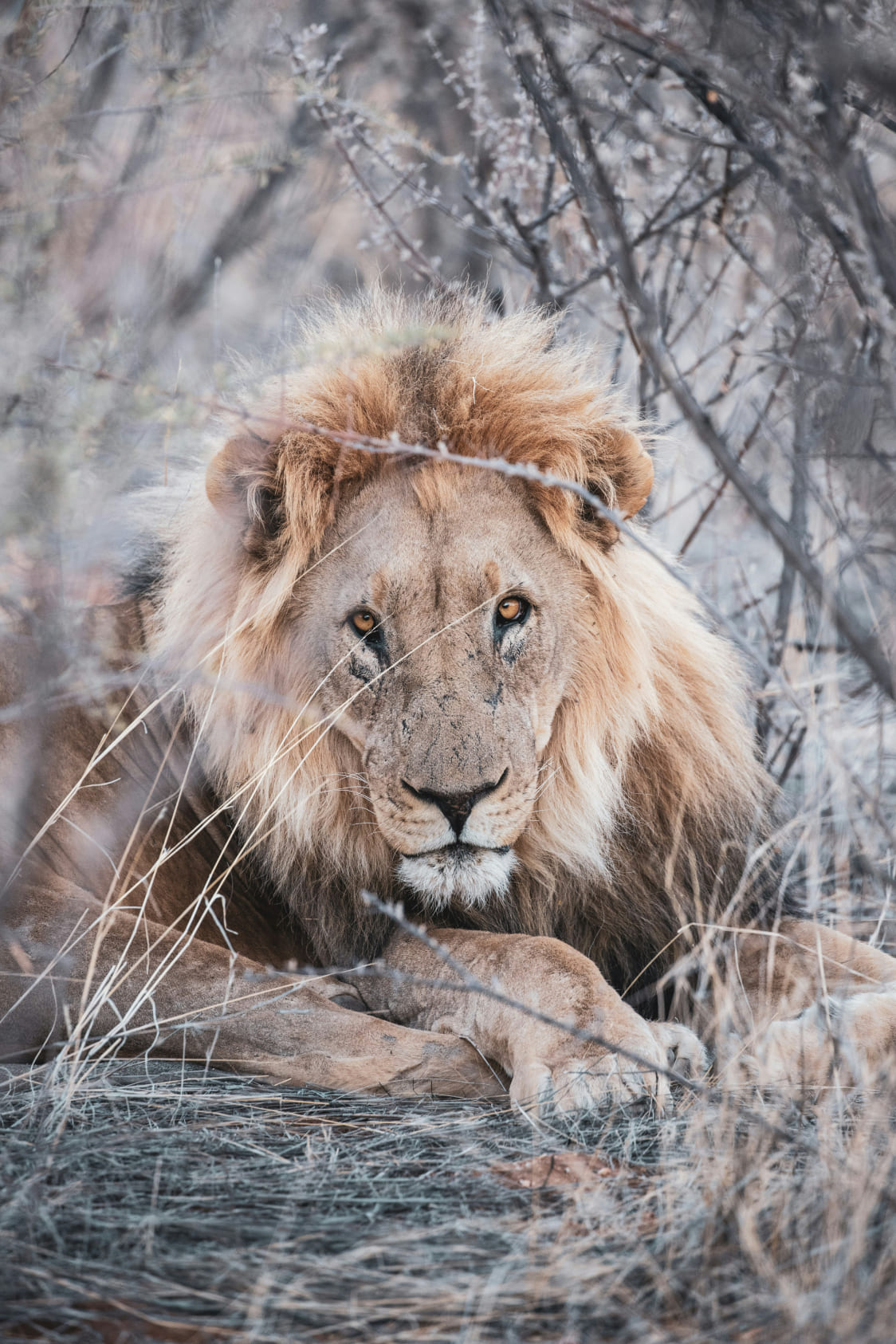The Majestic King of the Savanna: The Lion
The lion, often hailed as the “king of the beasts,” is one of the most iconic and powerful animals in the world. Belonging to the cat family, lions are the second largest members after tigers. With a robust muscular frame and the distinctive mane crowning the males, lions symbolize strength, leadership, and royalty across various cultures.
Habitat
In the wild, lions primarily inhabit the African continent, thriving in savannas, grasslands, and open woodlands. Historically, their range was much wider, spanning much of Africa, Europe, and Asia. Today, most lions are found in sub-Saharan Africa, with a small population of Asiatic lions surviving in India’s Gir Forest, a protected sanctuary.
Social Structure and Behavior
Lions are unique among big cats for their social nature. They live in groups called prides, usually consisting of several related females and their offspring, along with one or two adult males. The lionesses form the core of the pride, working together to hunt and raise the young, while the males protect the pride’s territory from rival lions.
Hunting and Diet
Lions primarily hunt large herbivores like zebras, antelopes, and wildebeests. Female lions take the lead in hunting, using strategic teamwork to stalk and ambush prey. With their powerful muscles and sharp claws, they can bring down animals much larger than themselves, feeding not only themselves but the entire pride.
Today, lions face significant challenges due to habitat loss, conflicts with humans, and poaching. They are classified as vulnerable, with their population steadily declining. Conservationists are working to protect lion habitats and mitigate human-wildlife conflict to ensure the survival of these majestic animals for generations to come.
